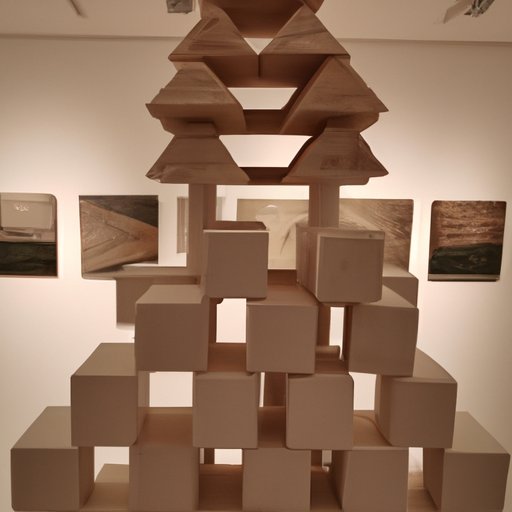Introduction
Composition in art is the arrangement of visual elements within an artwork. It’s an essential part of creating aesthetically pleasing pieces that communicate a message or evoke an emotion. Every artist has their own individual style and approach to composition, but there are some common principles and techniques that can be applied when creating artwork. In this article, we’ll explore the purpose of composition in art, from its historical roots to modern applications.
A Historical Overview of the Purpose of Composition in Art
Composition has been used throughout the history of art to create aesthetically pleasing works. In Ancient Greece and Rome, composition was used to create harmony and balance in sculptures and paintings. During the Medieval period in Europe, composition was used to tell stories through religious artwork. During the Renaissance in Italy, composition was used to create realistic scenes with lifelike figures. And during the Impressionist movement, artists used composition to capture fleeting moments in time.

Exploring Different Types of Composition in Art
There are several types of composition in art that can be used to create different effects. Symmetry is the use of balanced elements on either side of an artwork to create a sense of order and harmony. Asymmetry is the use of unbalanced elements to create a dynamic, visually interesting piece. Balance is the use of elements of varying sizes and weights to create equilibrium in an artwork. And proportion is the use of elements in relation to each other to create a unified composition.

Analyzing the Role of Balance in Composition
Balance is an important element in composition that creates a sense of equilibrium in an artwork. There are two types of balance: symmetrical and asymmetrical. Symmetrical balance uses identical elements on either side of an artwork to create a sense of stability. Asymmetrical balance uses different elements on either side of an artwork to create a sense of energy and movement. Visual weight is also an important factor in balance; elements with heavier visual weight will appear to take up more space and draw the eye.

Examining How Perspective Influences Composition
Perspective is another important element in composition that can be used to create depth and dimension in an artwork. Linear perspective uses lines and shapes to create the illusion of depth and distance. Atmospheric perspective uses color and value to create the illusion of depth and distance. Both techniques can be used to create a sense of space and add interest to an artwork.
Investigating the Use of Color in Composition
Color is an essential element in composition that can be used to create harmony and evoke emotion. Color theory is the study of how colors interact with each other, and it can be used to create color palettes that work together. Color harmony is the combination of colors that creates a sense of unity in an artwork. Color can be used to create contrast, emphasize certain elements, and bring attention to the focal point of an artwork.
Conclusion
Composition in art is an essential element in creating aesthetically pleasing works that communicate a message or evoke emotion. The most common purpose of composition in art is to create harmony, balance, perspective, and color in an artwork. By understanding the history of composition in art and applying these principles to your own artwork, you can create beautiful, meaningful pieces that stand out from the crowd.


